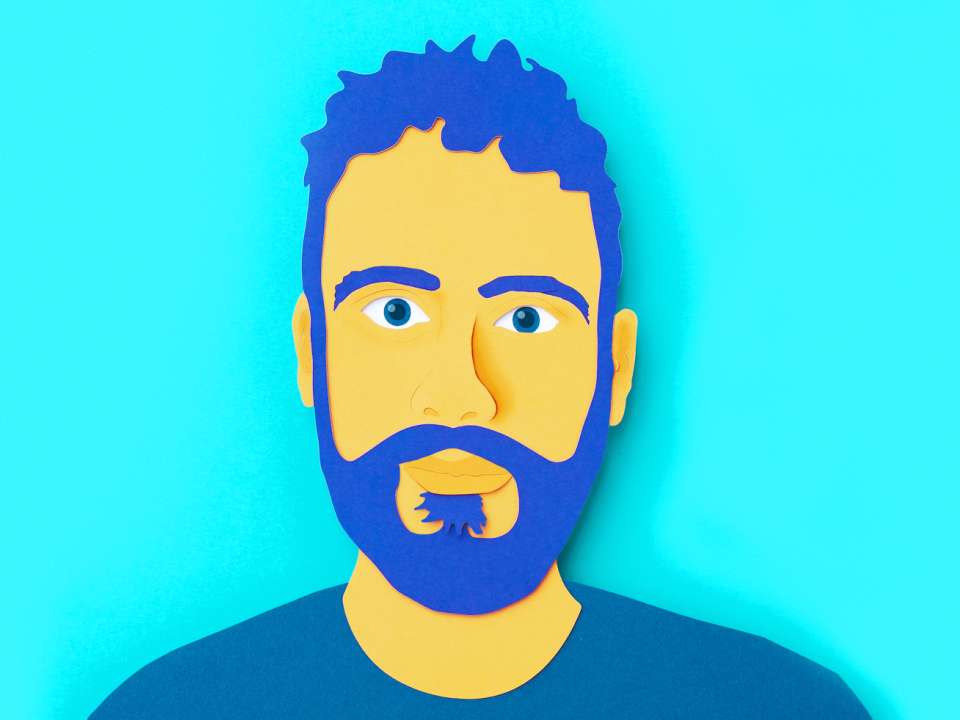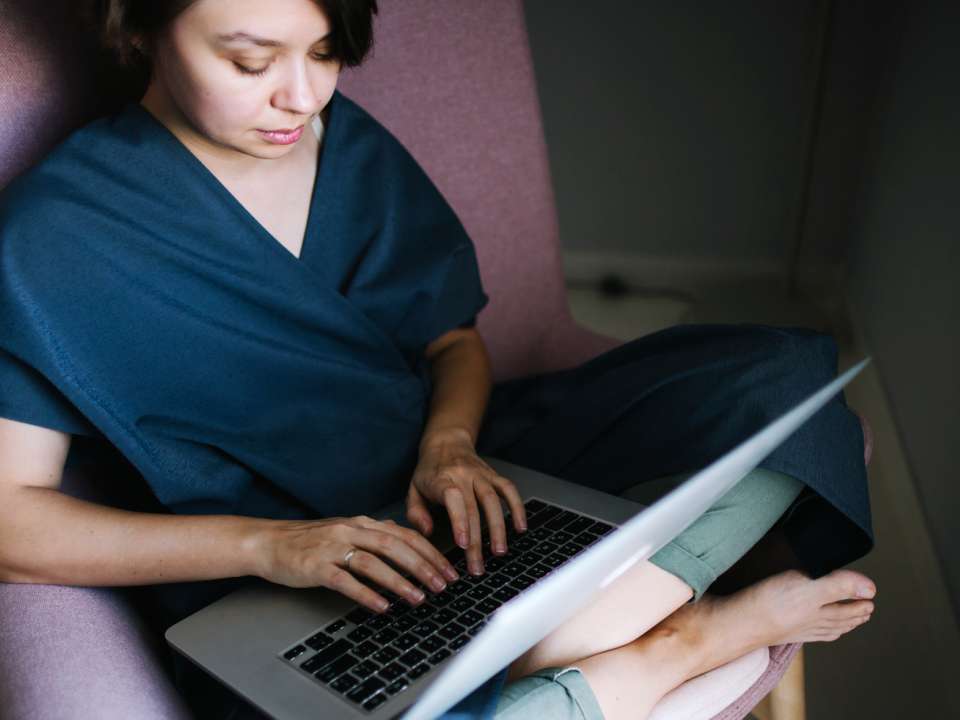
During the coronavirus pandemic, the wonders of technology have helped you stay connected with friends, family and coworkers. Now you’re videoconferencing into meetings, attending virtual watch parties and having FaceTime catch-ups with your crew.
While this sort of screen time socializing is common during social distancing, there’s also another type of meeting that’s going virtual, too: medical visits with your doctor.
Called a few different things — from telehealth to telemedicine to virtual medical care — the point of these types of online medical appointments is to give you an easier, more convenient way to see your doctor, nurse practitioner, physician assistant or midwife.
“Telemedicine is generally covered by insurance in the same manner that an in-person visit would be, and you can connect with your provider from work or home and avoid the need for travel,” explains Molly Shumway, director of UW Medicine Telehealth Services.
Unsurprisingly, it’s something that’s become especially valuable during the ongoing public health crisis.
“During the COVID-19 pandemic, we’ve been greatly expanding access to telehealth and have seen a huge spike in telehealth visits per week,” notes Dr. Crystal Wong, a family medicine physician and associate medical director for UW Medicine Digital Health.
So how does telehealth work exactly? What should you keep in mind if you decide to try it? And — real talk — can a virtual medical exam really replace some of your in-person appointments? (Spoiler alert: Yep, it can.)
How does a telehealth appointment work?
“A telehealth visit is a video-based visit with a provider,” Wong says. “So instead of having to drive or bus to the clinic and check in, you’re accessing your appointment through an online interface.”
You can schedule a telehealth appointment like you would an in-person visit with your doctor: by calling in or using an online tool like eCare. From there, you’ll receive instructions on how to set up and log into your telehealth appointment on a computer or phone.
“You can do the normal things you might do during a regular visit, like ask questions, discuss symptoms, review medications and talk about health concerns,” Wong notes. “It’s amazing how natural these appointments feel.”
What are the pros and cons of telehealth?
While there’s a lot you can accomplish during a telehealth visit, there are also some elements of a medical exam that simply aren’t possible to do virtually.
“The biggest expectation setter is the fact that we can only do a limited physical exam,” Wong explains. “We can look at rashes and wounds and do other types of physical or psychiatric exams, but we can’t listen to your lungs or heart.”
Despite those limitations, however, Wong says that telehealth visits are still worthwhile — pandemic or not — because they can accomplish a lot and shorten any in-person follow-up visits you might need.
For example, if your doctor is conducting your visit virtually, you can discuss things like your mental health, diet, physical activity, and any aches and pains you might have. Then, when it’s safe to do so, you can go into your clinic for an in-person visit to get a physical exam, screenings, vaccines or blood work.
The other major upside of telehealth visits? Convenience.
“This is great for people who have busy work schedules, people who have kids or our elderly and frail populations,” Wong explains. “Caretakers really appreciate this because they don’t have to navigate bringing someone in, and you’re also able to call in as many people as you want so loved ones from out of state can participate.”
How private are telehealth appointments?
Wait a minute, you might be thinking. Before you decide to get up close and personal with your computer camera to show off your new rash, how private are these video chats exactly?
Many healthcare organizations, like UW Medicine, use multiple layers of security to protect their patients, Wong says. Your photo, video and voice will also never be recorded or stored.
“We use a secure vendor with whom we have a business associate agreement for the video interface and, on top of that, we use a special HIPAA-protected license for additional security,” she explains. “We also use the waiting room functionality, so no one can get into the appointment unless I let them in. This is protection to prevent someone else from blasting into your visit.”
What that means is when you log in to join your telehealth appointment, you won’t just pop up on your doctor’s screen immediately. Instead, you’ll be accepted into a virtual waiting room. After your doctor finishes up with the previous patient and verifies your identity, they’ll let you into the video chat.
Before you see your doctor, they’ll also check your personal information just like at any other appointment to ensure they’re speaking with the correct person.
How can you prepare for a telehealth appointment?
Let’s say you have a telehealth appointment coming up. There are a few important things to keep in mind before you log in.
While telehealth visits are more convenient by saving you on travel time, they’re also not meant to be done while you’re multitasking with work, household chores or family responsibilities.
“Make sure you’re scheduling your telehealth appointment at a time when you can focus and not get distracted during the visit,” Wong says.
You should also scope out where you’ll be doing your telehealth visit. If you can, find an area that’s relatively quiet, less prone to interruptions and has good lighting. You may also want to use a pair of headphones if you need more privacy.
As for whatever device you’ll be using? Make sure it has a front-facing camera, can access the video application and is plugged in or well charged so you don’t run out of battery power in the middle of your appointment.
On the medical side of things, it helps to prepare a list of topics or questions you have for your doctor so you don’t forget anything during your visit.
What’s the future of telehealth?
Although Wong expects in-person visits to pick back up when it’s safe to do so after the pandemic, she thinks telehealth is here to stay as another medical care option.
“Once you develop a taste for it, people start to think, ‘Why would I spend hours out of my day going to an appointment?’” she says.
In the future, telehealth visits may eventually be able to cover more physical elements of medical care by using digital stethoscopes, blood pressure cuffs and otoscopes that can connect to your phone.
“We have made such strides in telemedicine over the past month, and we are just getting started,” Shumway notes. “While COVID-19 is a temporary driver, telemedicine offers a host of benefits, and we expect to see patients continue to take advantage of this option after the pandemic.”
For now, though, you can don your favorite pair of sweatpants, log onto your computer and tell your doctor how you’re feeling.

 Healthy ideas for your inbox
Healthy ideas for your inbox





